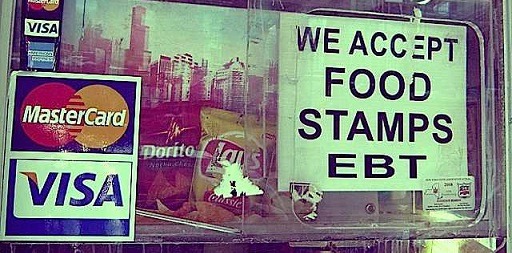November 18, 2015
A Good Deal More: Poverty-Fighting Programs More Effective Than Thought

A recent study suggests that taxpayers in New York have been getting a good deal on their investments in poverty reduction tools such as food stamps (SNAP), welfare (TANF), and housing assistance. In fact the report recently released by the National Bureau of Economic Research found those programs appear to be nearly twice as effective as previously predicted. And the same is likely true for Virginia.
There are two important ways to measure the situation of people who struggle to get by. The first is the poverty rate before individuals and families in need get help; the second is the poverty rate after. The difference between the two is how much various forms of public assistance directly reduce poverty.
In New York, the poverty rate from 2008 to 2011 before assistance was factored in was 13.6 percent. When the help is counted, the rate fell to 10.8 percent.
But there’s a problem with that second number. It doesn’t accurately reflect what people actually receive. Because of the way the Census Bureau collects the data – just once a year in a self-reported survey – people often report information incorrectly. Sometimes what they received came months before the survey and they forgot about it, or it was something they got only indirectly, like help with the cost of housing that was paid directly to their landlord.
To work around that problem, researchers compared far more accurate administrative data in New York State with the Census Bureau estimates. The difference was stunning. Instead of reducing poverty to 10.8 percent from 13.6 percent, these programs actually reduced the poverty rate to 8.3 percent.
The improvement was particularly dramatic when looking at households headed by single mothers. Instead of reducing poverty to 30.2 percent from 37.5 percent, these programs actually reduced poverty to 19.1 percent.
In another paper, the same researchers suggest that the Census Bureau understates the power of the Earned Income Tax Credit, unemployment insurance, Supplemental Security Income, Workers’ Compensation, and Social Security, too.
The results are similar for Virginia. Using a broader measure of poverty that takes into account differences in expenses like housing and health care as well as the Census Bureau’s inaccuracy, Virginia’s poverty rate drops to to 11.5 percent from 21.4 percent, according to recent Congressional testimony from Bob Greenstein from the Center on Budget and Policy Priorities.
When the returns on stocks, houses, education, or just about anything else doubles, rational people invest more. Now that we know every dollar invested goes almost twice as far as we used to think, we should commit and continue investing in building a Virginia where everyone who works hard is able to support their family and build a brighter future. Because whether the poverty rate is 20 percent or 10 percent, for far too many people this Virginia still isn’t a reality.
–Aaron Williams, Research Assistant
Photo: Clementine Gallot CC-BY-2.0
